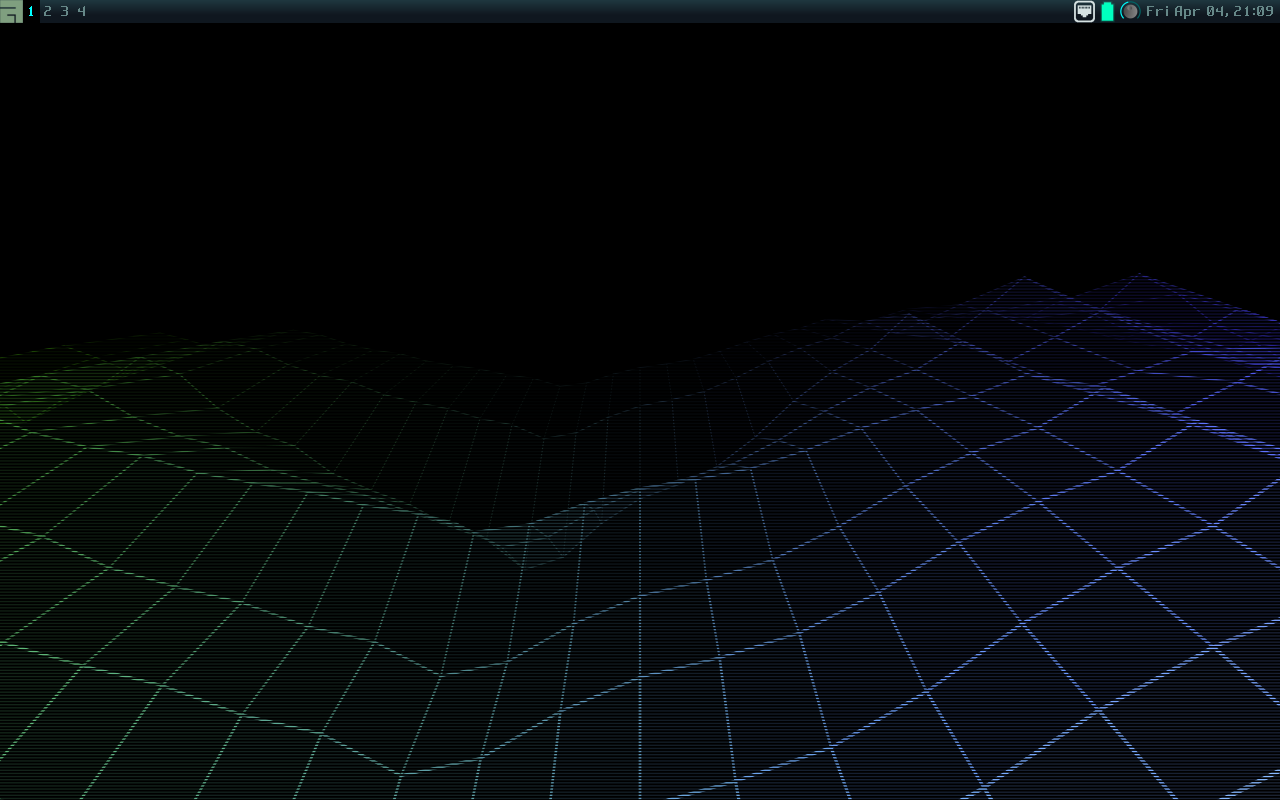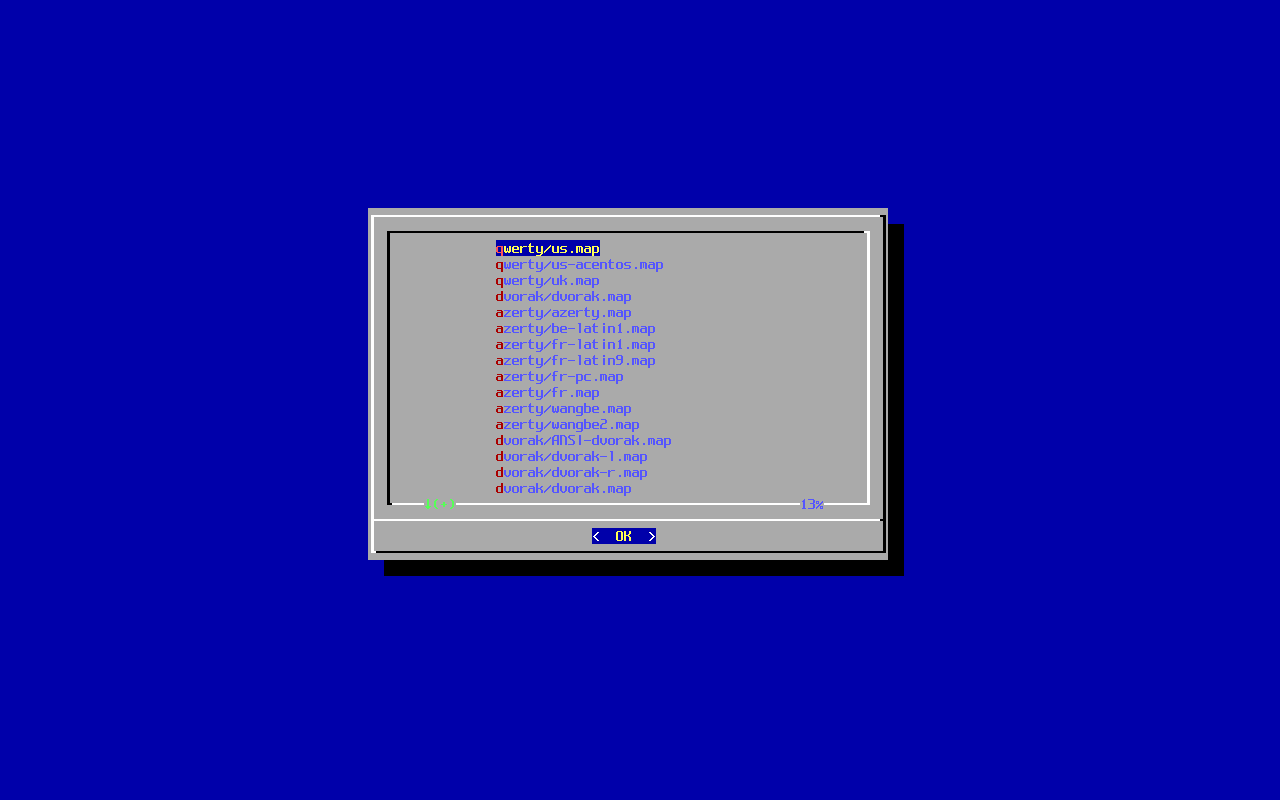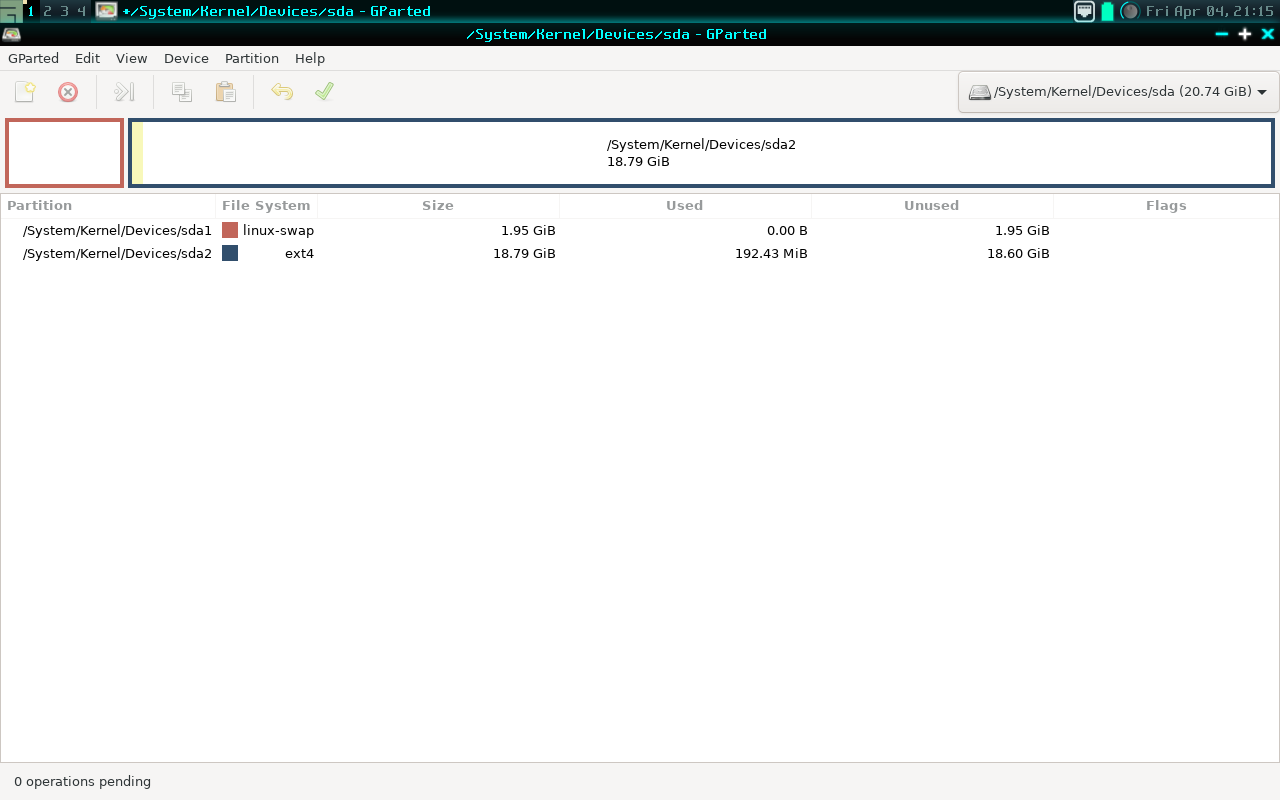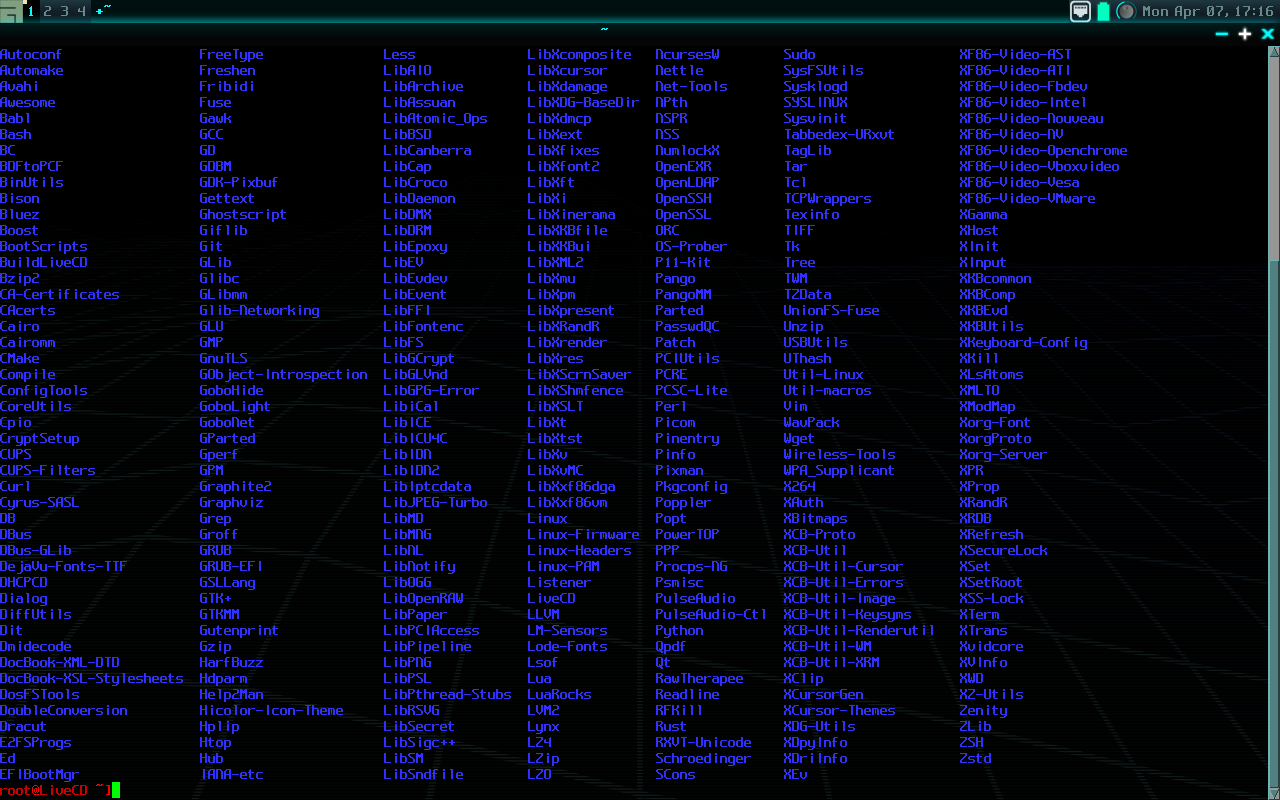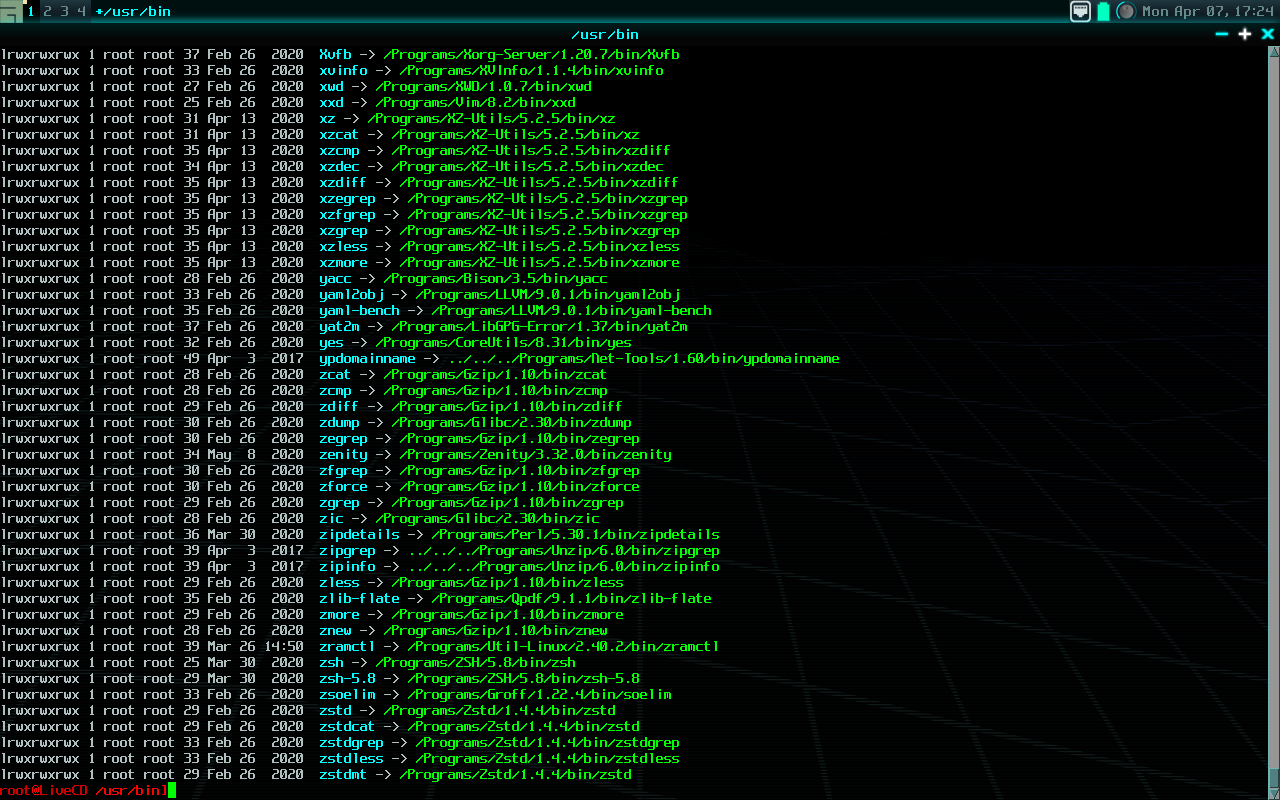Summary
- GoboLinux provides a unique file system hierarchy, offering flexibility with multiple versions of the same package.
- The installation process involves partitioning, which may cause issues, but usage is pleasant in the live mode with pre-installed programs.
- Compile package manager supports source packages, attracting tech-savvy users, but GoboLinux faces increased competition from similar solutions.
Linux distros tend to look the same after you’ve tried a few. One distro aims to shake up how files are managed on Linux. Is GoboLinux worth using?
What Is GoboLinux?
GoboLinux bills itself as an “experimental Linux distro.” The distro takes a radically different approach to the file system than other Linux distributions.
GoboLinux version 017.01 was released in April 2025. Not only was this the first version in nearly three years, it comes with a changing of the guard. Founder Hisham Muhammad announced on the distro’s website that he was stepping down with the release and “passing the torch” to Philip Pok.
The project came from an attempt to install software in a shared university computing environment. Users aren’t generally allowed to install software system-wide on these types of systems, but can install programs in their home directories. According to the project’s FAQ, this was an opportunity to redesign the Linux file hierarchy, a project that was given a greater impetus by a filesystem crash on Hisham’s computer.
Having to rebuild a system from scratch inspired a more ambitious rethinking of the standard Unix hierarchy that Linux had inherited.
What Makes GoboLinux Different?
Instead of the standard file system hierarchy with /bin and /home directories, every program has its own file system hierarchy. Different versions of a program will have their own hierarchies within this directory, separated by version number. According to the developers, this obviates the need for a central package database. It also allows for different versions of the same package to be installed on the same machine. This is useful if one program needs a particular version of a library while another one needs a different version. The developers say this feature helps avoid version conflicts.
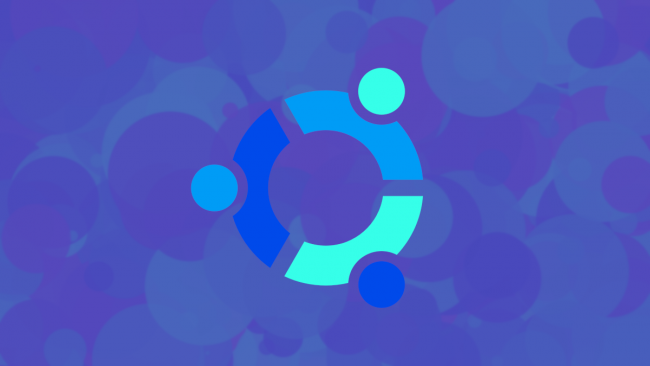
Related
5 Specialized Linux Distributions with Unique Features
Spice up that stale old Linux PC with something different.
Installing GoboLinux
Obtaining and installing GoboLinux is similar to other Linux distributions. You download the ISO file from the website (and possibly a torrent) and extract it to the media you’re using.
Every time you boot into the live media, you’re asked about your keyboard layout every time you launch it. After that, you are confronted with a console window. You can work just from the console or you can start an X environment using the Awesome window manager with the “startx” command. While it’s nominally a tiling window manager, it would be hard to tell just by looking. It handles windows just like a standard desktop environment.
If you want to install it, you have to partition the drive first. The installer program doesn’t do that, but GParted is helpfully included in the live version. I added a swap and an ext4 partition for my virtual machine.
After that, I launched the installer from the menu. I answered a few questions like my time zone and what packages I wanted, as in other distros. The installer installed the packages and then tried to install the GRUB bootloader. This is usually a part of the installation I have no trouble with, since GRUB is a mature program. The installation seemed to hang, with it stuck at generating a menu. I checked that I’d done everything correctly, but I still had that problem.
I decided to abandon any installation attempts and work solely from the live environment to test this distro. I really wanted to see how it worked in action. I don’t know how running from a virtual machine might have affected this, but I didn’t want to see if an attempt at a bare metal install would fail. The stakes are higher on real hardware.
It would have been a decent installation program if it had worked.
What It’s Like to Use GoboLinux
Apart from the installation issues, it felt quite pleasant to use GoboLinux. The background is a sci-fi backdrop with a wireframe that seems reminiscent of Tron.
As mentioned earlier, the default desktop is Awesome (that’s the name, though it is quite a nice desktop). It’s a dynamic window manager, supporting elements of tiling window managers and the standard desktop model. At first glance, it seemed to lean more toward the latter. That’s fine for me, as I’ve never been sold on the supposed benefits of tiling window managers.
GoboLinux comes with several pre-installed programs in its live version. Mozilla Firefox, is the browser, and the system comes with the RawTherapee photo editor as well as the Audacious sound editor. Vim is the default editor, which also happens to be my editor of choice. GoboLinux’s usefulness out of the box in the live version helps compensate for the installation troubles earlier.
Another nod that this is a distro for power users is that when I opened a terminal window, the shell was zsh instead of the standard Bash. That’s another element I liked. It’s my favorite shell, especially tricked out with the Oh My Zsh! customizations. The developers scored some points there for me.
Just by the defaults, you can establish some serious geek cred, at least.
As mentioned earlier, the most striking difference from other distros is the filesystem layout. Programs have all their files under the /Programs hierarchy, and libraries under the /Libraries hierarchy. You might wonder how any third-party programs run, since the Linux file system layout is a de facto standard?
The answer is simple. The places where programs expect them, such as /usr/bin, use symbolic links to their actual places on the file system.
Installing Apps With GoboLinux
As with other modern Linux distros, GoboLinux includes a package manager, Compile.
As the name suggests, Compile deals with source packages, not binaries. Again, this is part of GoboLinux’s appeal to power users. Compiling packages from source can take a long time, depending on how big the program is and how powerful your machine is.
Compiling used to be the standard way of installing software on Linux systems in the ‘90s, but with the increasing size of programs, it’s less practical these days for ordinary uses. Recognizing this, binary packages are available. They’re packaged in gzipped tar files instead of some package format like RPM or DEB.
Compile does work in the live environment. I tested it by installing a source version of Vim (you run Compile in the terminal with a capital C):
Compile vim
Users are also allowed to submit custom “recipes” for Compile to install programs in a particular way.
Should You Use GoboLinux?
Technical Linux users who like more minimal distros should at least give the live version a spin. It’s an interesting way of viewing the file system.
The installation problem mentioned earlier might have been due to a last-minute bug, but it makes me wary of recommending it.
What was revolutionary about GoboLinux is becoming less experimental and more common sense in the Linux world. Flatpak and the controversial Snap packages in Ubuntu consolidate a program into one file system hierarchy. virtualenv and Conda allow developers to create isolated environments for a single project and separate tools they need from the rest of the system. Docker has made deploying containerized programs routine on servers. More importantly, these solutions don’t require switching out the entire underlying OS.
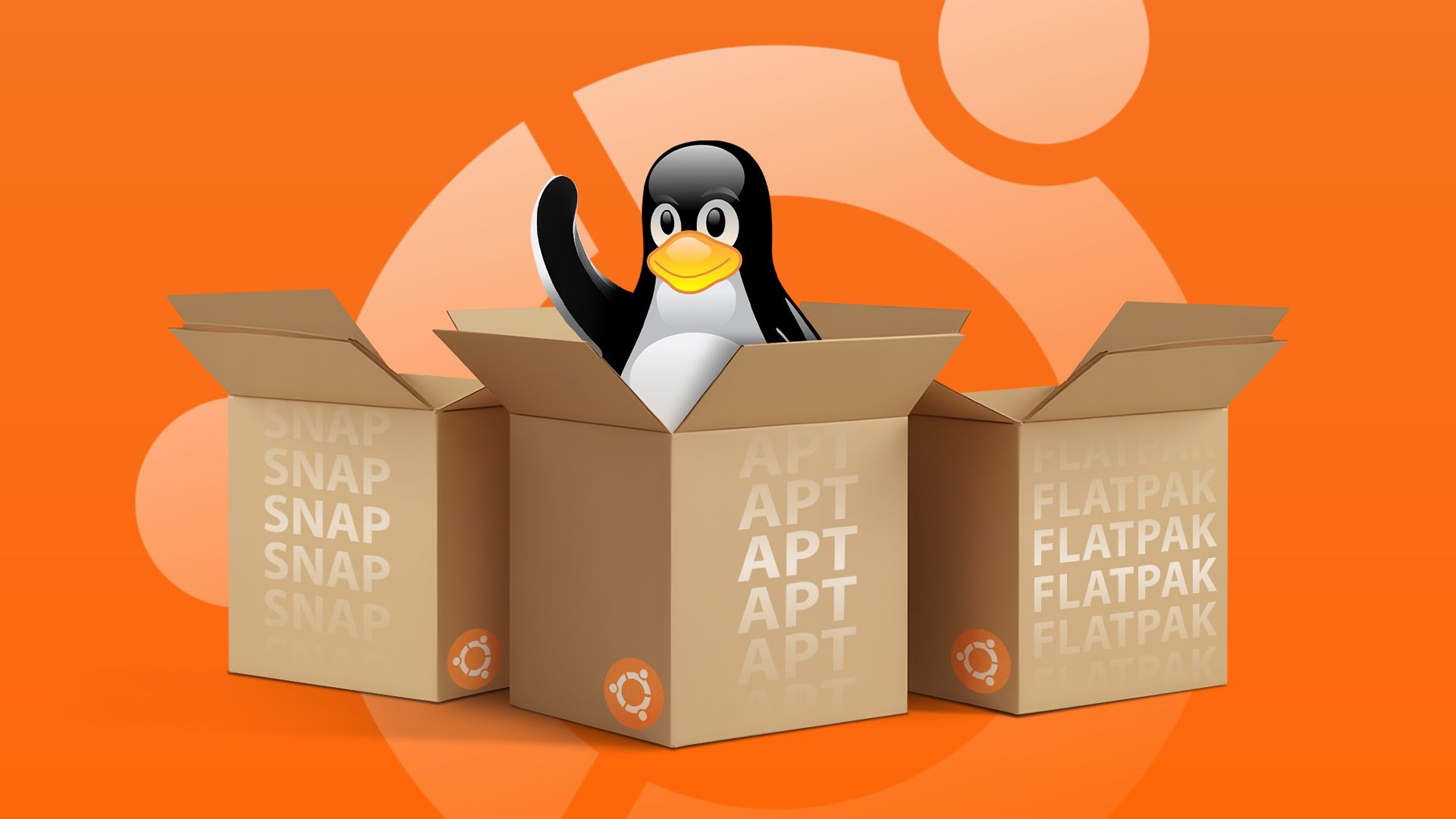
Related
APT vs Snap vs Flatpak: Ubuntu Package Managers Explained (and When to Use Each)
If there’s one thing you get with Linux distros, it’s choice.
An isolated program is also hardly new in the Unix world. Building “jails” to isolate a program’s files from the rest of the file system has long been a common practice in the BSD world. VMS might go even further than any Unix-like system, with automatic versioning of individual files.
The rest of the tech world seems to be catching up to GoboLinux’s ideas, but that makes it harder for it to stand out. The slower pace of development seems to make it feel more like a tech demo than a distro for serious use, but if the change in management means more frequent releases, it might emerge as an alternative to the big distros.
If you’re curious about GoboLinux, you can head to their download page to grab a live image.
It’s fun to explore GoboLinux, but you might be better off with a standard distro for regular use. If you need certain versions of software, such as for development, you can install the other environments mentioned above to have a stable base system and newer packages at the same time.


